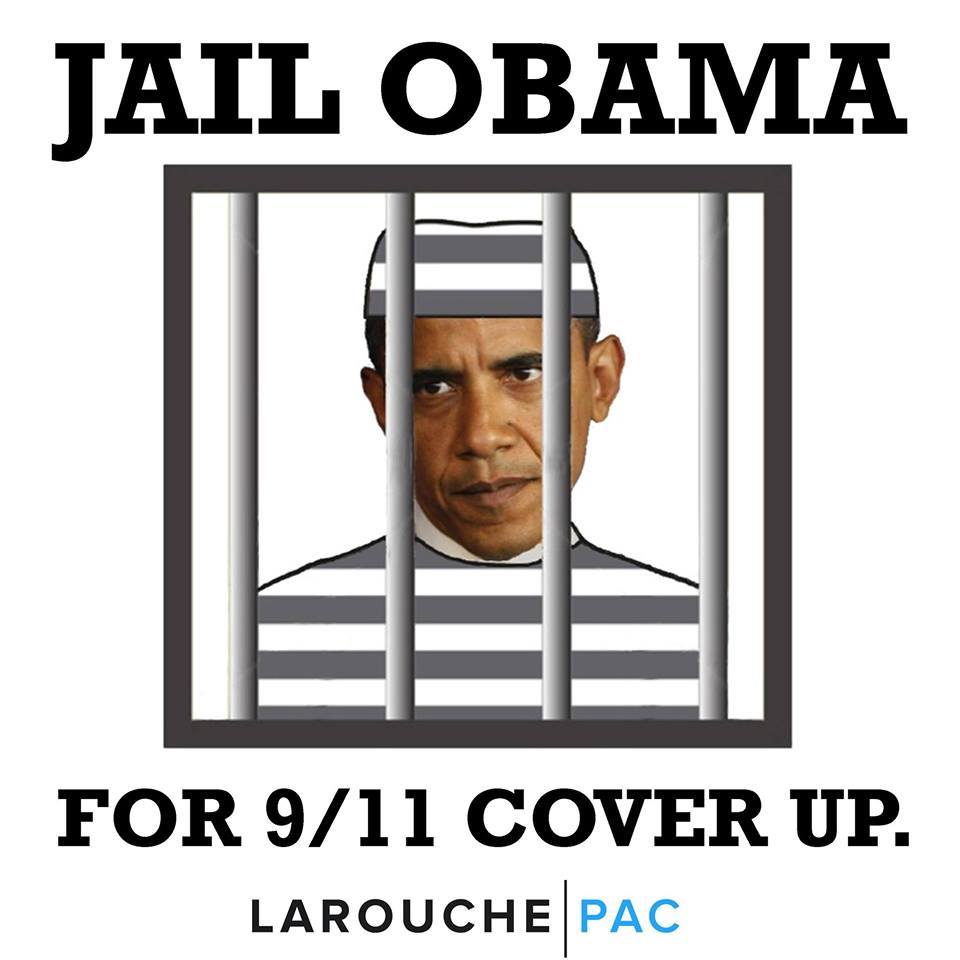
Views: 7478
Later this month, Barack Obama will become the first sitting US president to visit the city of Hiroshima, Japan. The dropping of an atomic bomb on Hiroshima by the American military on August 6, 1945, and the destruction three days later of the Japanese city of Nagasaki, rank among the greatest war crimes of the 20th century.
One would think that after 71 years, the United States would finally be prepared to acknowledge that the incineration of two defenseless Japanese cities, causing some 200,000 deaths, was a militarily unnecessary act.
 Nothing of the sort will happen. Obama “will not revisit the decision to use the atomic bomb at the end of World War II,” declared the White House. No apology will be forthcoming.
Nothing of the sort will happen. Obama “will not revisit the decision to use the atomic bomb at the end of World War II,” declared the White House. No apology will be forthcoming.
For decades, the US government has insisted that it was right to carry out the nuclear attacks on Japan, declaring that the destruction of Hiroshima and Nagasaki was the only alternative to an invasion of Japan and the ensuing loss of American lives. Every attempt to question the legitimacy of the bombings has been met with frenzied and dishonest propaganda, such as that which forced the Smithsonian Institution to shutter its exhibit commemorating the 50th anniversary of the bombing in 1995.
Typical of these apologetics is a comment published in the Wall Street Journal by the Reverend Miscamble of Notre Dame University. Miscamble declares, “There’s zero reason to apologize for the atomic bombing,” because “[President Harry S.] Truman authorized the bombing of Hiroshima and Nagasaki, both major military-industrial targets, to help win the gruesome Pacific War as quickly as possible and with the loss of the fewest American lives—and, as it turned out, the loss of the fewest Japanese lives.”
Echoing these sentiments, the New York Times this week cited those who insist that the “decision to drop the bomb saved tens of thousands of American lives that would have been lost in an invasion of Honshu, Japan’s main island.”
These claims are without all credibility. They bear no relationship to the actual content of discussions taking place in Washington and the US military high command prior to the attacks.
By early 1945, the United States had gained total air supremacy over Japan and taken numerous islands within flying range of the Japanese mainland. Around the same time, the US switched from carrying out precision bombings of specific military targets to mass incendiary raids that ultimately leveled 67 Japanese cities, including the March 9–10 firebombing of Tokyo that killed some 100,000 people.
When General Curtis Lemay, the head of the US Strategic Air Command, was asked in 1945 how long he thought the war would last, he said, “We sat down and did some thinking about it, and it indicated that we would be pretty much out of targets around September 1, and with the targets gone, we couldn’t see much of any war going on at the time.”
The rationalizations for the bombing of Hiroshima and Nagasaki were challenged within the US high command itself, which insisted that the incineration of another pair of Japanese cities had little military significance.
General Dwight D. Eisenhower said that, upon learning of President Truman’s intention to use the bomb against a civilian population, he felt a feeling of “depression” and voiced “my grave misgivings, first on the basis of my belief that Japan was already defeated and that dropping the bomb was completely unnecessary, and secondly because I thought that our country should avoid shocking world opinion by the use of a weapon whose employment was, I thought, no longer mandatory as a measure to save American lives.”
Other high-ranking military officials subsequently made similar statements. Chester W. Nimitz, Commander in Chief of the US Pacific Fleet, said after the war, “The atomic bomb played no decisive part, from a purely military point of view, in the defeat of Japan.” President Truman’s Chief of Staff Admiral William D. Leahy, acknowledged, “Hiroshima and Nagasaki was of no material assistance in our war against Japan.”
President Franklin D. Roosevelt’s death on April 12, 1945, brought Harry S. Truman to the presidency. This limited and rather ignorant man was dubbed “The Senator from Pendergast” because of his connections with the convicted felon and gambling addict who ran the Missouri Democratic Party political machine.
Truman was completely indifferent to the moral implications of the use of nuclear weapons. One of his advisers later recalled that, when Truman learned of the bombing of Hiroshima, he “was tremendously pepped up by it and spoke to me of it again and again when I saw him.”
By the time Truman decided to use the bomb, the Japanese government had for months been sending strong indications that they were seeking to surrender, insisting only that they be allowed to retain their Emperor. The White House had by this time come to favor retaining the Emperor, but was divided over whether this fact should be communicated to the Japanese. President Truman ultimately decided to drop the bomb first, then let the Japanese government know the terms.
Why, then, did the United States government embark upon a course of action that, while having no military justification, would forever brand it with infamy in the eyes of the world?
 As the war was reaching its end, the conflict between the United States and the Soviet Union was intensifying. In accordance with the terms of the Yalta agreement, the Soviet Union was about to invade Japan, laying claim to territories granted to it in that accord, and was seeking to play a role in post-war Europe commensurate with the losses it had endured during the war.
As the war was reaching its end, the conflict between the United States and the Soviet Union was intensifying. In accordance with the terms of the Yalta agreement, the Soviet Union was about to invade Japan, laying claim to territories granted to it in that accord, and was seeking to play a role in post-war Europe commensurate with the losses it had endured during the war.
The use of the atomic bomb was, as two historians recently put it, “America’s first act of the Cold War.” It was intended to send a clear signal to the Soviet Union that, despite Soviet victory over Germany, the Americans were the masters of the world.
The destruction of Hiroshima and Nagasaki announced the entry of the United States as the world’s unchallenged imperialist hegemon, bullying and dictating terms to all humanity. Behind the thin veneer of democracy, the United States was signaling that it would do whatever was necessary for the preservation and expansion of its own interests, no matter the scale of the crime or how many people had to die.
In the more than seven decades since the bombing of Hiroshima, the determination of the American ruling class to use military force to defend its interests has only grown. Obama will make his appearance in Hiroshima as part of his participation in a Group of 7 meeting where he will seek to strengthen America’s alliance with Japan against China and facilitate Prime Minister Shinzo Abe’s re-militarization of the country.
Even as it demands “nuclear non-proliferation” from every other country, the White House is spending a trillion dollars to modernize the US nuclear stockpile and engaging in a continuous series of provocations against China and Russia that threaten war between nuclear-armed states.
In other words, Obama will go to Hiroshima not to apologize for past crimes, but to prepare new ones.
How can one expect the United States government, which since Hiroshima has been responsible for the deaths of millions of people in Korea and Vietnam—and, over the past quarter century, throughout the Middle East—to apologize for mass murder when it continues to practice it to this day?
But there will come a day in a socialist America, when the atrocities committed by the ruling class will be disavowed, and the bombings of Hiroshima and Nagasaki will be acknowledged for what they were: crimes against humanity.
Originally published on 2016-05-13
Author: Andre Damon
Source: WSWS.org
Origins of images: Facebook, Twitter, Wikimedia, Wikipedia, Flickr, Google, Imageinjection, Public Domain & Pinterest.
Read our Disclaimer/Legal Statement!
Donate to Support Us
We would like to ask you to consider a small donation to help our team keep working. We accept no advertising and rely only on you, our readers, to keep us digging the truth on history, global politics, and international relations.
[wpedon id=”4696″ align=”left”]
FOLLOW US ON OUR SOCIAL PLATFORMS








